Deep Vein Thrombosis Treatment Cost in India
Unlock Exclusive Discount : Your Gateway to Premium Healthcare with Medsurge India Health Value Card.

Unlock Exclusive Discount : Your Gateway to Premium Healthcare with Medsurge India Health Value Card.

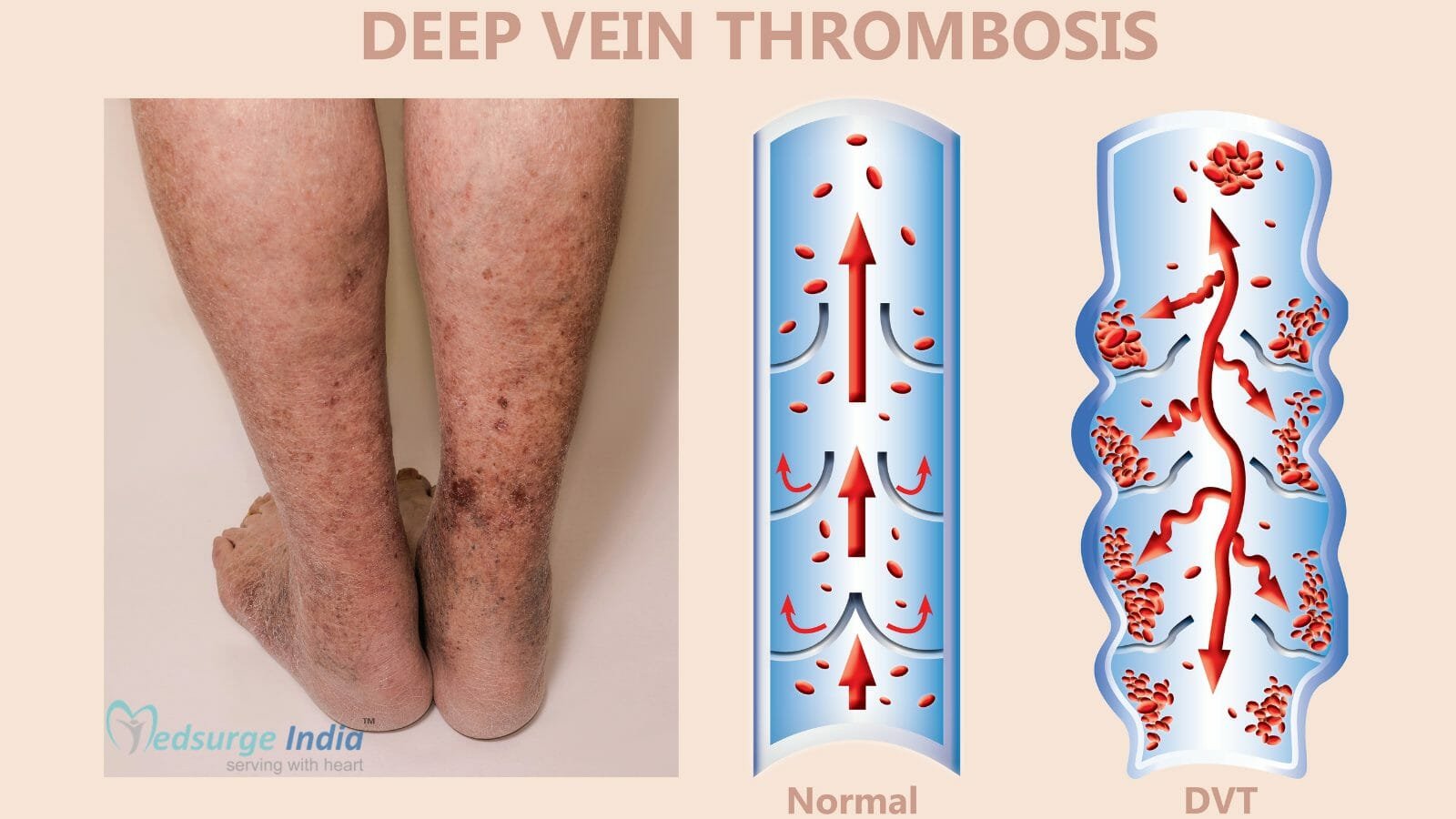
A blood clot (thrombus) forms in one or more of your body’s deep veins, generally in your legs, causing deep vein thrombosis (DVT). Deep vein thrombosis can cause limb pain and edema, but it can also strike without warning.
If you have certain medical disorders that alter how your blood clots, you may get DVT. A blood clot in your legs can also occur if you don’t move for an extended period of time, such as after surgery or an accident while traveling a long distance, or while on bed rest.
Deep vein thrombosis is a dangerous condition in which blood clots in your veins break free, travel through your bloodstream, and become lodged in your lungs, limiting blood flow (pulmonary embolism). However, pulmonary embolism can happen even if there is no sign of DVT.
The combination of DVT and pulmonary embolism is known as venous thromboembolism (VTE). Medicines to relieve pain and inflammation, break up clots, and prevent new ones from developing are all part of the deep vein thrombosis treatment. It may also be beneficial to elevate the affected area and provide moist heat. Take a rest, walk or stretch your legs, and drink plenty of water if you are going on a long car or aircraft trip.
An average Deep Vein Thrombosis Treatment Cost in India starts from 2500 USD. However, please note that the cost mentioned above only covers the treatment itself and does not include accommodation, or any other additional expenses.
| Cities | Starting Price |
| Delhi | USD 2500 |
| Gurgaon | USD 2600 |
| Noida | USD 2500 |
| Mumbai | USD 2700 |
| Hyderabad | USD 2500 |
| Chennai | USD 2500 |
| Kolkata | USD 2500 |
| Bangalore | USD 2800 |
Note: Keep in mind that the aforementioned cost provided is solely for the treatment. The overall cost of the Deep Vein Thrombosis treatment in India will be determined based on several factors.
Various factors can affect the cost of Deep Vein Thrombosis treatment in India. Your budget is greatly impacted by numerous elements that fail under pre and post-treatment costs. Below are the various factors that can affect the cost of Deep Vein Thrombosis treatment in India.
Deep Vein Thrombosis Treatment Cost in India offers exceptional medical services and facilities to patients who come for treatment in India also their facilities rival those of well-known healthcare centers worldwide. Accommodation, meals, and transportation expenses are also covered.
We at, Medsurge India ensure that patients will receive the most affordable Deep Vein Thrombosis Treatment Cost in India and with the expertise of highly qualified doctors. Furthermore, a foreign patient can save up to 30-40% of the cost in India when compared to their native countries.
DVT (deep vein thrombosis, also known as venous thrombosis) is a blood clot that forms in a vein deep within the body. Blood flow via the vein may be partially or fully blocked by the clot. DVTs are most commonly found in the lower leg, thigh, or pelvis, although they can also occur in the arm, brain, intestines, liver, or kidney. The following are some of the other names for this condition:
Even though DVT is not life-threatening, the blood clot has the ability to break loose and move through the bloodstream, where it can become lodged in the lungs’ blood arteries (known as a pulmonary embolism). This is a potentially fatal condition. As a result, timely diagnosis and treatment of Deep Vein Thrombosis are essential.
A DVT typically develops in one leg or arm. DVT Symptoms vary from person to person, but they can include:
A pulmonary embolism can cause the following symptoms:
Some patients are unaware that they have a DVT until the clot goes from their leg or arm to their lungs.
If you experience symptoms of a pulmonary embolism or DVT, call your doctor or go to the emergency department very once. Do not wait for your symptoms to “go away.” To avoid major problems, seek treatment as soon as possible.
A blood clot is the cause of Deep Vein Thrombosis. A clot clogs a vein, stopping blood from flowing normally throughout your body. Clotting can happen for a variety of causes. These are some of them:
A physical and a review of your medical history are included in a visit to determine if you have a DVT. You will also require testing. The following tests are commonly used to diagnose a DVT:
You may also be subjected to the following tests:
Blood testing may be required if your doctor suspects you have a hereditary disease that causes blood clots. This is significant if:
DVT is a life-threatening medical disorder. If you think you are having DVT symptoms, call your doctor or go to the nearest emergency room right once. Your symptoms can be examined by a medical professional.
The goal of Deep Vein Thrombosis treatment is to keep the clot from spreading. Treatment may also help you avoid a pulmonary embolism and reduce your chances of getting additional clots.
Medications to thin your blood may be prescribed by your doctor, such as:
Blood-thinning drugs make it more difficult for your blood to clot. They also keep existing clots as tiny as possible, lowering the risk of developing new ones.
Thrombolytic medicines may be used if blood thinners do not function or if the DVT is severe. This medicine may also help those with DVT in their upper extremities.
Thrombolytic medications function by dissolving blood clots. These will be given to you intravenously (through a vein).
If you have a high risk of DVT, compression stockings can help you avoid swelling and clots.
Compression stockings can be worn immediately below or just above the knee. It's possible that your doctor will advise you to wear these every day.
If you have a DVT clot in your arm or leg, your doctor may recommend surgery to remove it. This is usually reserved for very big blood clots or clots that are causing major problems, such as tissue damage.
Your surgeon will create an incision into a blood vessel during a surgical thrombectomy, or operation to remove a blood clot. They will find the clot and remove it. The blood vessel and tissue will then be repaired.
They may use a small inflated balloon to maintain the blood vessel open while removing the clot in some circumstances. When the clot is discovered and removed, the balloon is also removed.
Because surgery carries dangers, many doctors reserve it for the most serious patients. The following are some of the dangers:
Following a DVT, you must take DVT prevention steps to lower your risk of future clots by:
If you've never had a DVT but are at a higher risk of getting one, make sure you:
A: It is critical to begin DVT treatment as soon as possible. A blood clot usually takes 3 to 6 months to dissolve. There are certain things you can take to alleviate symptoms during this period. To decrease swelling, elevate your leg.
A: Aspirin has been shown to aid those suffering from heart and blood vessel problems. By interfering with how blood clots, it can help prevent a heart attack or clot-related stroke.
A: Throbbing or cramping discomfort, swelling, redness, and warmth in a leg or arm are all signs of a blood clot.
Sudden breathlessness, acute chest pain (worse when you breathe in), and a cough or coughing up blood are also possible symptoms.
A: A self-evaluation is one technique to see if you have DVT. The Homan's Test entails lying flat on your back and extending the suspected leg's knee. Raise the extended leg to 10 degrees and squeeze the calf with a friend or family member.
A: A blood clot's symptoms are similar to those of a pulled muscle or a "Charley horse," but the leg (or arm) may be swollen, somewhat discolored, and heated. If you have any of these symptoms, contact your doctor as soon as possible since you may require immediate treatment.
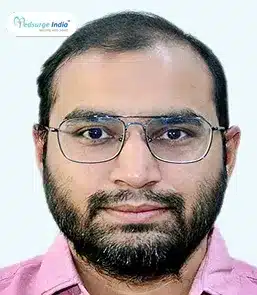








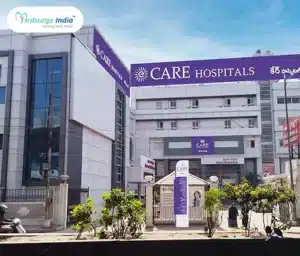

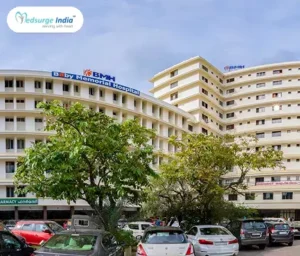

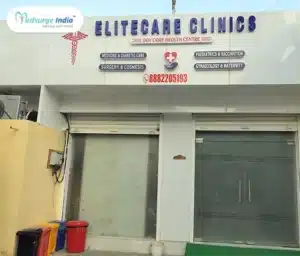
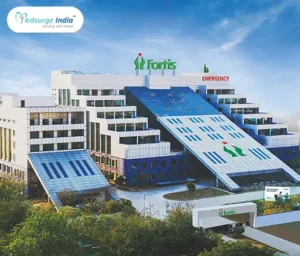

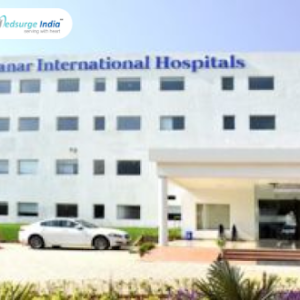
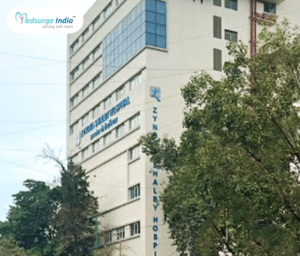
By using our site, you agree to our Terms and Conditions, Privacy Policy and Refund Policy. Medsurgeindia does not provide medical advice, diagnosis, or treatment. The information provided on this site is designed to support, not replace, the relationship that exists between a patient/site visitor and his/her existing physician. We also Accept International Payments.

Copyright © 2025 NSM ONLINE SOLUTIONS PRIVATE LIMITED. All rights reserved.